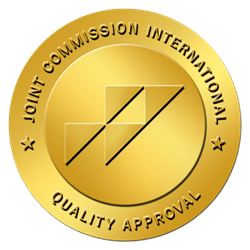As heroin addiction continues to run rampant throughout the country, the need to identify the symptoms of this disease is becoming more important than ever. One of the biggest warning signs of heroin addiction is the presence of track marks on the body.
Heroin use, particularly through injection, is a common method among drug users, and one of the most noticeable physical signs of heroin use is track marks, which appear as needle puncture wounds on the skin. These marks typically show up on the arms but can also appear on other areas of the body used for intravenous drug injection. Repeated injections can cause collapsed veins, bruising, and even skin infections due to the physical damage caused by the needles.
If you believe a loved one may be struggling with opiate abuse, heroin track marks are a surefire sign that it is time to seek professional help. Keep reading to learn more about heroin addiction symptoms and how you can get help for this substance use disorder.
What Is Heroin?
Heroin is an illegal and highly addictive opioid drug derived from morphine. This drug was first produced in 1874 and used to treat pain and symptoms from deadly diseases like tuberculosis and other respiratory infections.
However, it quickly became clear that the longer this drug was used, the more likely it would be to cause dependence and addiction. Today, it has no medical uses and it is more commonly abused for its ability to produce an intense, euphoric high and feeling of sedation.
Heroin can most commonly be found in the form of a black, tar-like substance, as well as a white or brownish powdered form. People cut the drug with other substances, such as powdered milk, sugar, and even other drugs, increasing its risk for harmful side effects.
Often referred to by nicknames such as “Hell Dust,” “Smack,” “Thunder,” and several others, heroin can be abused in several ways. Some of the most popular methods include injecting, smoking, or sniffing heroin for a fast and intense, albeit dangerous, high.
Why Is Heroin So Addictive?
With the intense side effects of this drug, heroin also poses a high risk for abuse and addiction. Heroin mimics natural opioids in the brain, leading to intense feelings of pleasure and euphoria, triggering the brain’s reward system and reinforcing the desire to repeat the experience.
Over time, the brain adapts to heroin’s presence, requiring higher doses to achieve the same effects. This sets up a vicious cycle of needing more and more to feel “normal.” As the brain adjusts to heroin, it becomes physically dependent on it.
Once dependence has formed, abruptly stopping the use of heroin leads to withdrawal symptoms like chills, sweating, and muscle cramps, further reinforcing the urge to use. At this point, heroin use feels less like a choice and more like an impulsive need to stay alive.
How Do People Use Heroin?
People most commonly use heroin by injecting, sniffing, snorting, or smoking this drug. Each of these methods can be extremely dangerous, with a high risk for serious adverse health effects, including overdose.
One of the most dangerous methods of heroin abuse is called “speedballing,” which involves mixing heroin with cocaine to achieve both a sedative and stimulative effect. It is important to keep in mind that there is no safe way of using this drug and that it carries a high risk of overdose.
According to the Centers for Disease Control and Prevention (CDC), over 11% of all opioid overdose deaths that occurred in 2021 involved the use of heroin. Because of how deadly this drug can be, it is important to know how to recognize the signs of its abuse.
Some of the drug paraphernalia you can expect to find in the space of someone who abuses heroin include spoons, needles, cotton balls, tin foil, and other tools used for smoking, injecting, or snorting this drug.
How to Identify Heroin Track Marks
Track marks appear as wounds left on the skin after someone has injected heroin into their bloodstream. Knowing how to identify these marks can help you identify if your loved one is struggling with heroin abuse and get them help before it is too late.
These marks have the appearance of small holes in the skin and can occur at any stage of heroin addiction. In the beginning, they may look like red or pink puncture marks. Over time, they will develop scabs and cause scar tissue. Healed track marks are light pink or white in color and have the appearance of old scars.
In some cases, the vein itself can become scarred, causing a darker appearance and bruising. Many people who abuse heroin will use dirty or old needles to inject the drug, which is what often contributes to more severe scarring and track marks.
Track marks can lead to infection and more serious side effects if not properly treated. It is important to wash them with soap and water and use hydrogen peroxide to disinfect the area. Using petroleum jelly can help fade scar tissue, and bandaging them can keep out dirt and bacteria.
What Is Heroin Treatment Like?
Heroin addiction is a serious disease with severe consequences when left untreated. It is important for those struggling with this condition to seek help as soon as possible. Fortunately, there are many treatment options available for heroin addiction, including:
- Detoxification: This medically supervised process helps individuals taper off of their heroin abuse while managing withdrawal symptoms, which can be uncomfortable and increase the risk of relapse.
- Behavioral therapy: This type of therapy helps individuals understand the underlying causes of their addiction and develop coping mechanisms to manage their cravings and triggers. Cognitive-behavioral therapy (CBT) and motivational interviewing (MI) are common approaches for treating heroin addiction.
- Medication-assisted treatment (MAT): MAT combines medications with behavioral therapy to reduce cravings and prevent relapse. Methadone, buprenorphine, and naltrexone are medications for treating heroin abuse and addiction.
- Long-term care: Recovery is a journey, not a destination. Continued support and monitoring can help prevent relapse and ensure long-term success and may involve individual therapy, support groups, and relapse prevention planning.
These are a few of the many treatment methods used to help individuals who struggle with heroin addiction. It is important to find a treatment center willing to work with your specific needs and experiences.
Heroin Addiction Treatment Options at Royal Life Centers
Addiction treatment centers, including ours, offer dual diagnosis treatment and provide specialized care for those struggling with heroin, cocaine abuse, or prescription drug addiction. Our centers often offer a range of services, from outpatient programs to inpatient rehab, which include behavioral health therapy, detox, and holistic therapies. For individuals struggling with alcohol and drug addiction, resources like inpatient mental health services, intensive outpatient programs (IOP), and partial hospitalization programs (PHP) provide structured environments for recovery. When seeking drug addiction treatment, it’s important to verify insurance and explore admissions resources to find the best care options available.
Royal Life Centers offers high-quality, compassionate care to those struggling with addiction, with a wide range of treatment options and recovery resources. Heroin addiction is a serious condition, but we address each aspect of your substance abuse and help you achieve long-term recovery.
You will have access to a full continuum of care when receiving treatment at our facility, including services from detox to residential and outpatient treatment, behavioral therapies, holistic and recreational activities, and aftercare support.
We work with you through every step of your recovery process to make sure you get the best care and treatment possible. If you want to start your journey to sobriety, reach out to us today to learn more about how our programs can help you.
We help every step of the way. Reach out to us by calling 877-RECOVERY to learn more about how our program can help you. Our admissions team is available 24/7 to help you begin your path to recovery today!















